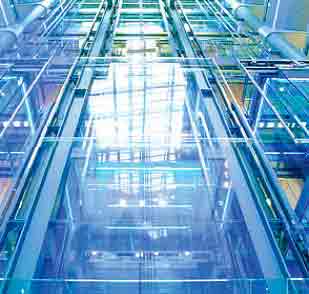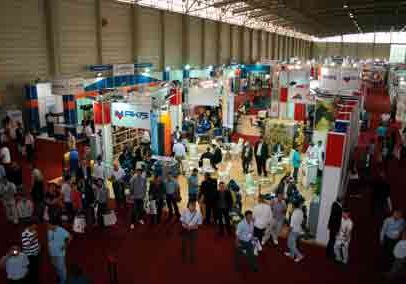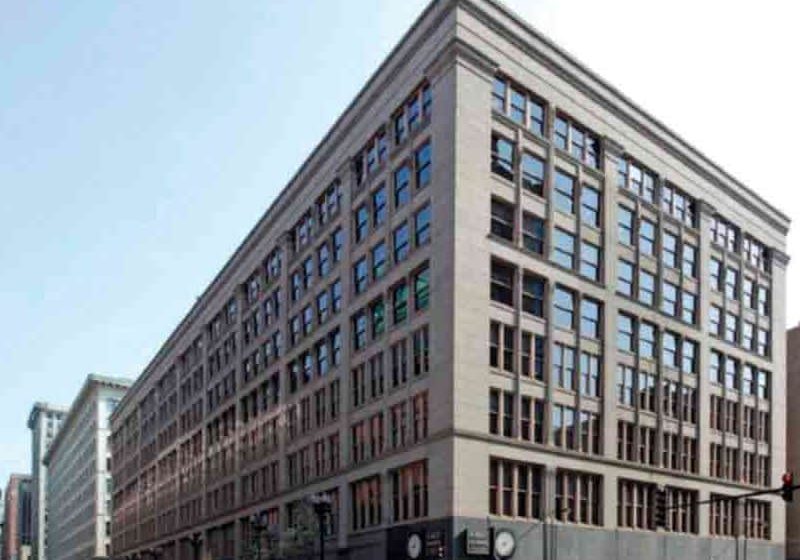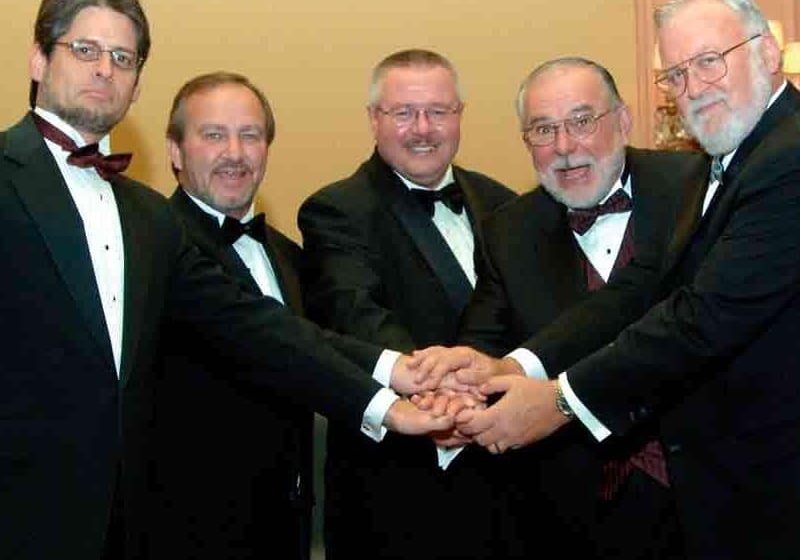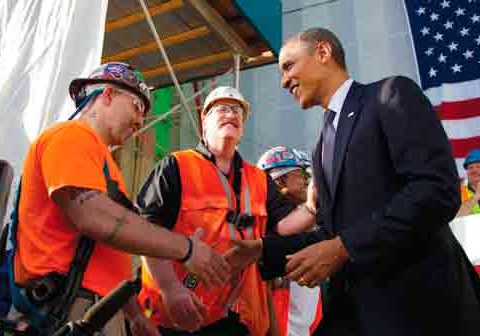The functions of clean elevators ensure security and reliability.
by Wang Qibing, Li Dongliu, Zhu Liqiang and Li Qingmian
The clean elevator is an industrial elevator capable of being installed in various applications that require clean and sterile environments, such as airports and operating rooms. It features self cleaning, static-electricity protection, wind-pressure and ultraviolet sterilization functions, all of which are located in the cabin. In addition, it is approved by the U.S10/I.S.O.CLASS4: M2.5 U.S100000/I.S.O.CLASS8:M2.5 standard.
Clean elevators are currently only used in certain countries. Their main cleaning functions and design are based on the R&D for controlled environments. Their equipment includes an air-filtration system, a fan filter unit (FFU) and ultraviolet dust-removal device.
The cabins of clean elevators are integrally formed by punching presses, using SS304 stainless steel. These machine-room-less units are equipped with wind-pressure measuring gauges, SRH-JJ12 efficient FFUs, UP65 operating keys, static-electricity protection and UVB mid-wave ultraviolet lighting systems. The cabins include 60-W ultraviolet sources, which have a continuing rate of 82%.
Cleaning Function
To meet the requirements of controlled clean-room environments, self-cleaning equipment is installed atop the elevators’ cabins, which have FFUs to automatically adjust wind speed and cleaning class. The filter exhaust and admission nets are located on the cabin sides. These eject the cabin’s return air and filter pollutants from the lift well. Thus, the flow enters the cabin from a single direction, is exhausted from the sides, travels upward and returns to the entrance of the self-cleaning equipment.
Static-Electricity Protection
According to the cleaning workshop design specification GB50073-2001 and the U.S. Army cleaning examination standard MIL-STD-1246C-1994, there are requirements for the running environment of clean elevators. For example, the wall and bottom of a common lift well can be rendered. However, those used for a clean elevator should be equipped with static-electricity protection such as epoxy resin flooring. Also, the cabin should include high-performance materials. Currently, SS304 stainless steel and 316 medical steel are used for clean elevators in addition to static electricity protection treatments.
Wind-Pressure Error Function
The filter FFU atop of the clean elevator needs to be replaced regularly. Installing a pressure-measuring gauge in the cabin can help monitor the condition of the filter. The initial resistance of the filter is 125 Pa. When the pressure gauge has a reading near 250 Pa, the allowable resistance of the filter has been reached, and the filter should be replaced.
Ultraviolet Sterilization Function
Ultraviolet sterilization light is similar to that of low-pressure mercury lamps. Its shell is made of quartz glass or short-wave ultraviolet glass tubing. Its chamber is filled with low-pressure inert gases and mercury smoke, and there are cold metal electrodes or hot filament electrodes on its two ends. When high electrical pressure is applied or triggered by high pressure and continually discharged by low pressure, ultraviolet light with a wavelength of 253.7 nm, which falls within the good sterilization performance of 200-280 nm, will be produced. The ultraviolet C band is strong enough to eliminate harmful bacteria and viruses.
Conclusion
The functions of clean elevators have been designed, analyzed and researched, according to the standards of GB7588-2003, GB50073-2001 and MIL-STD-1246C-1994 to ensure the security and reliability of the elevator system.
References
[1] GB50073-2001: Clean Workshop Design Specification, 2001.
[2] CB/T7588-2003: Elevator Manufacturing and Installing Security Specification, 2003.
[3] GB13554-92: High Efficient Air Filter, 1992.
Get more of Elevator World. Sign up for our free e-newsletter.
